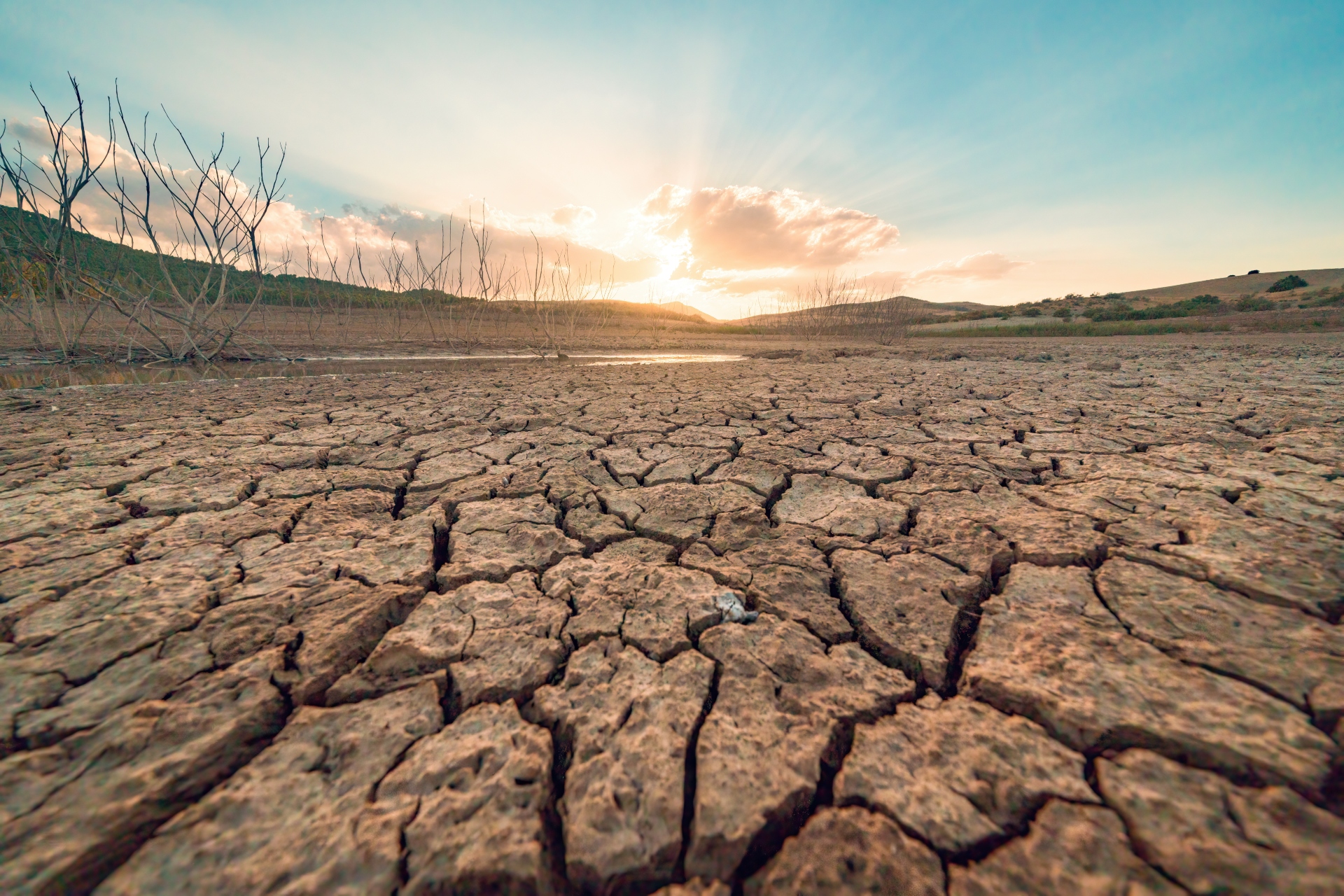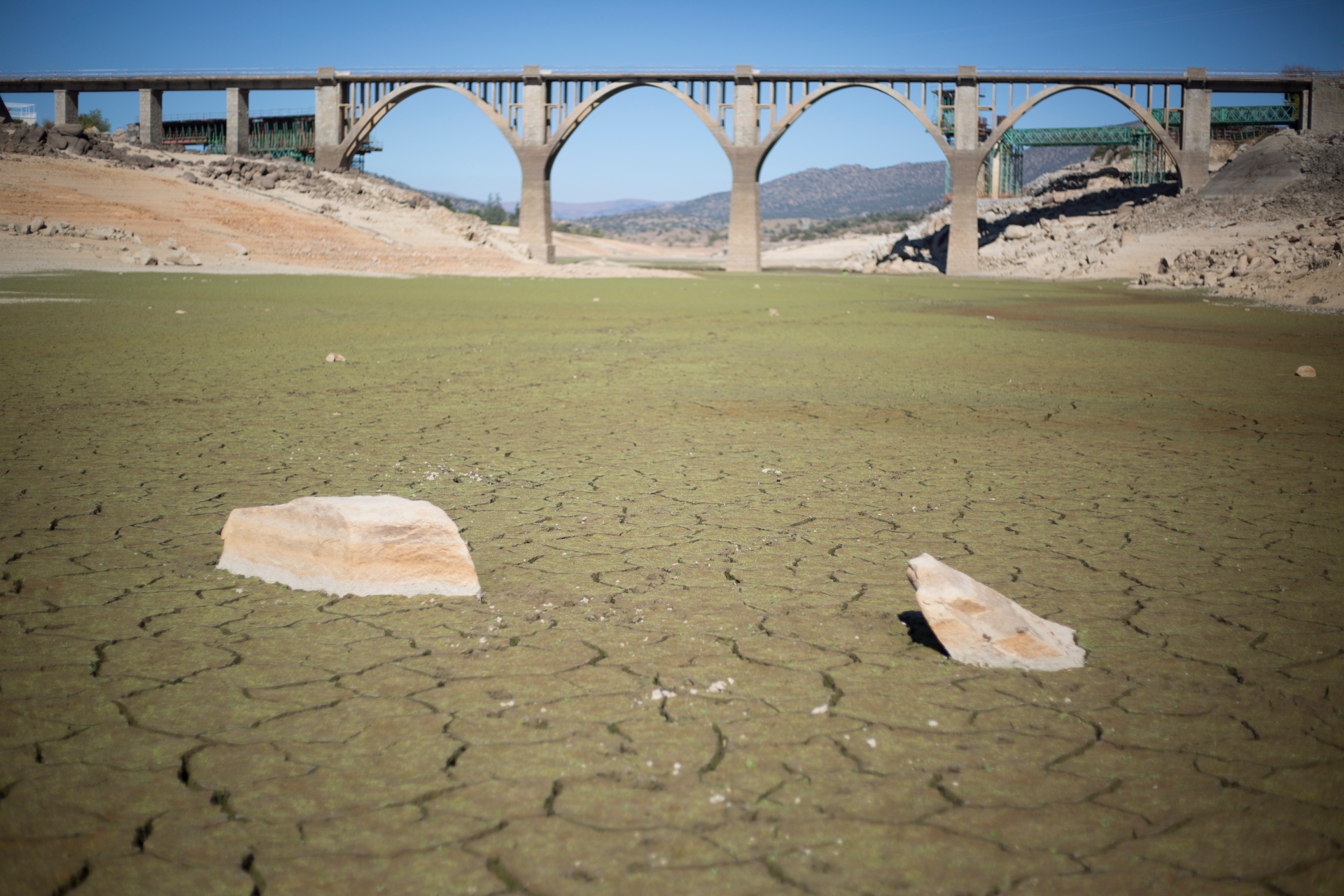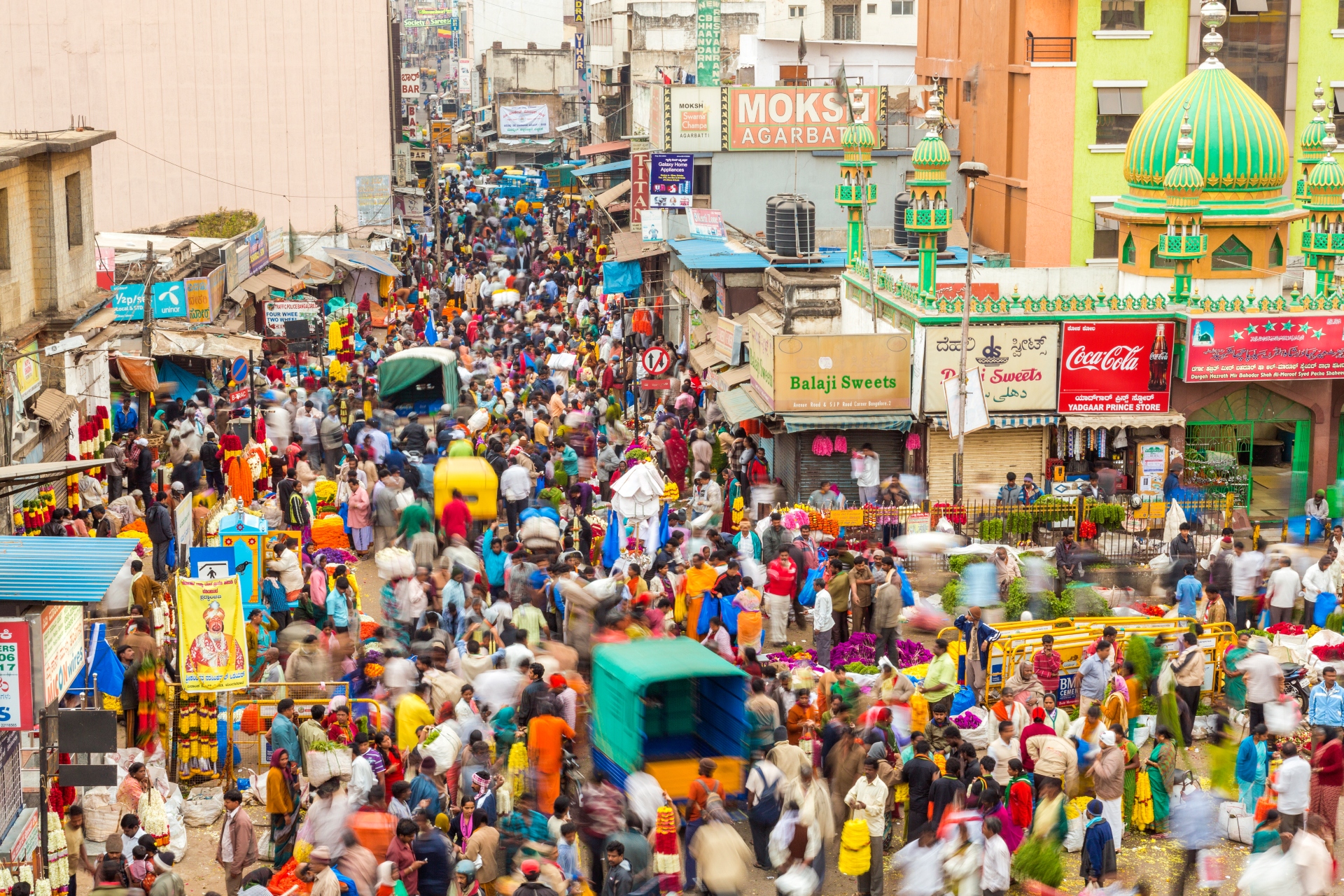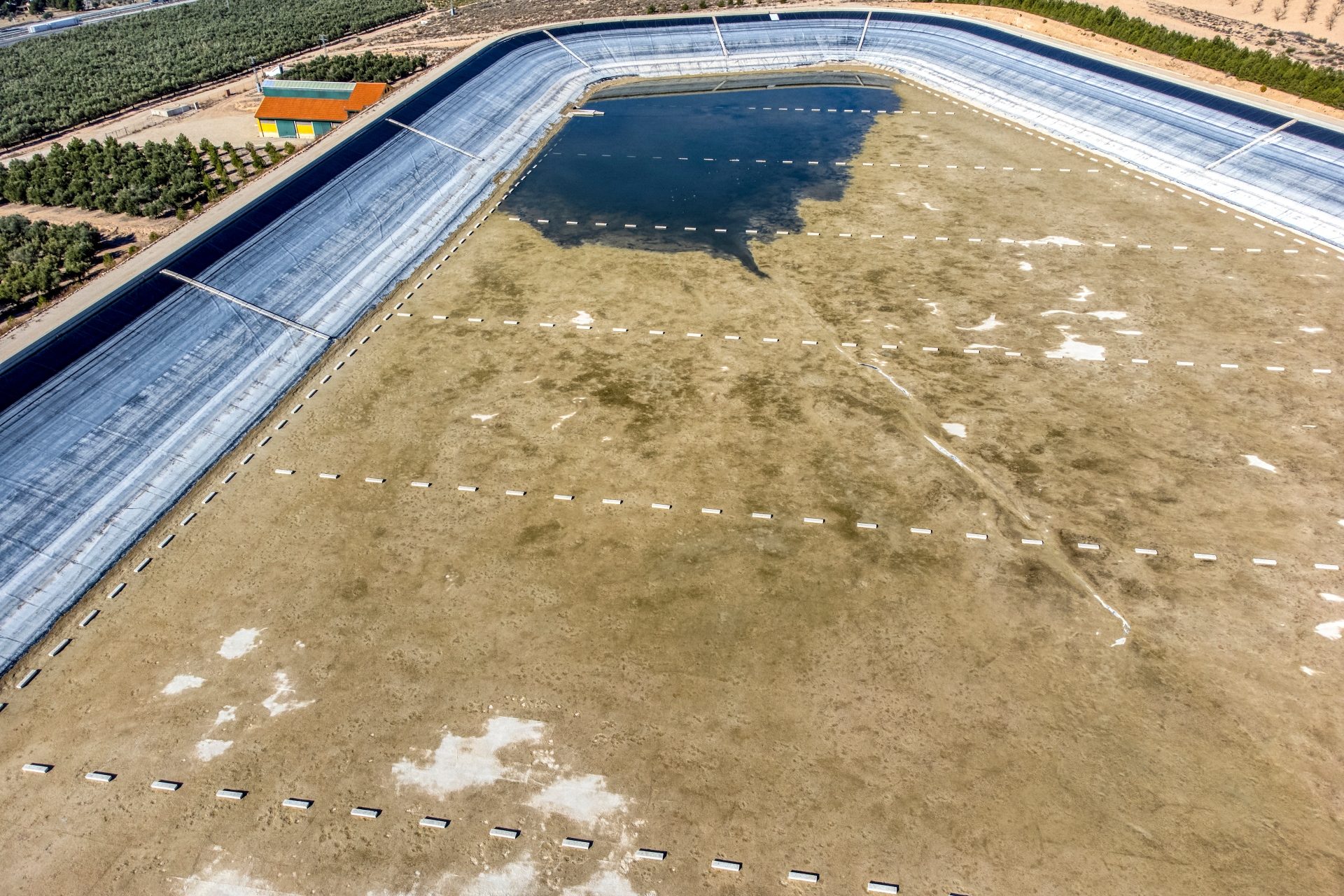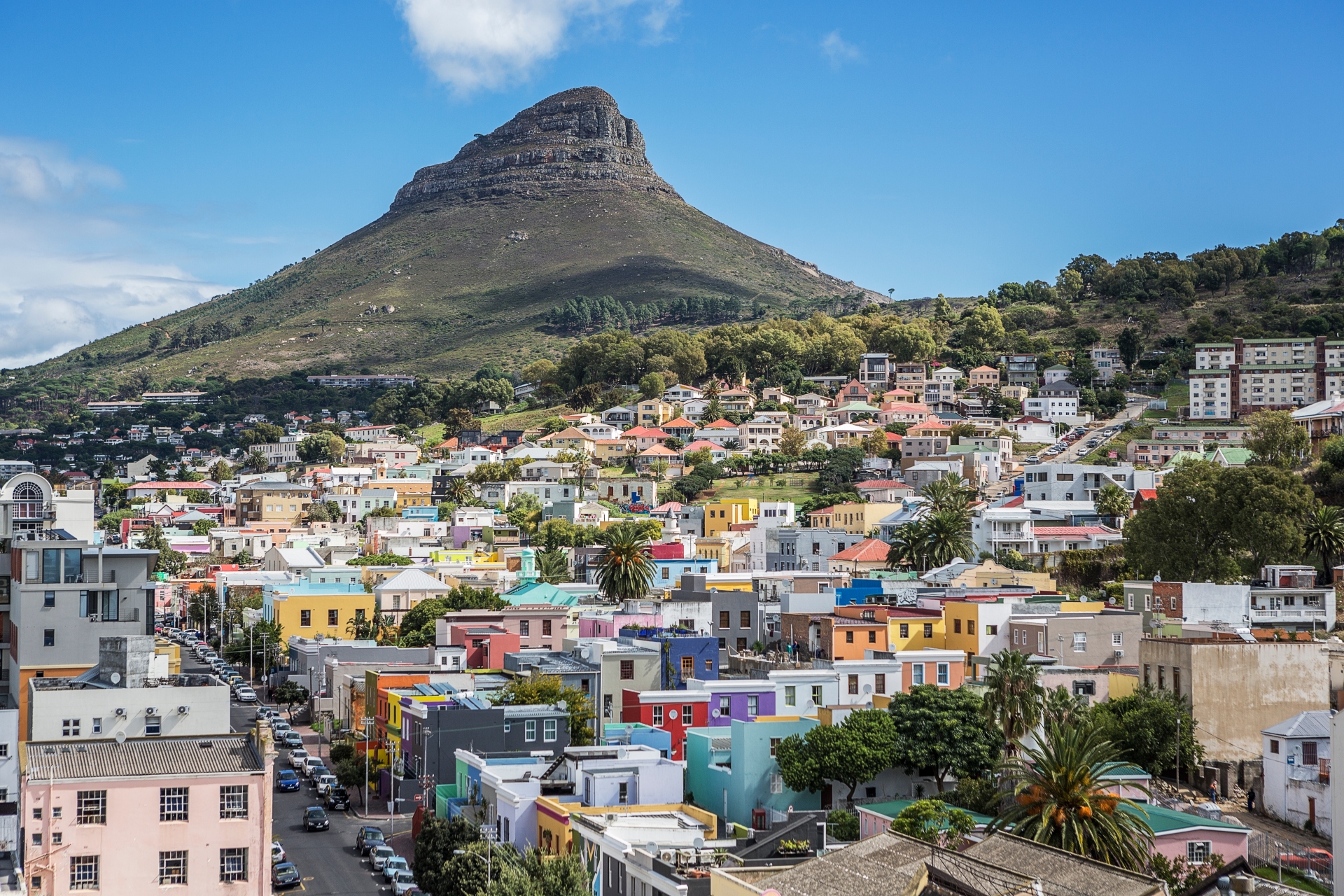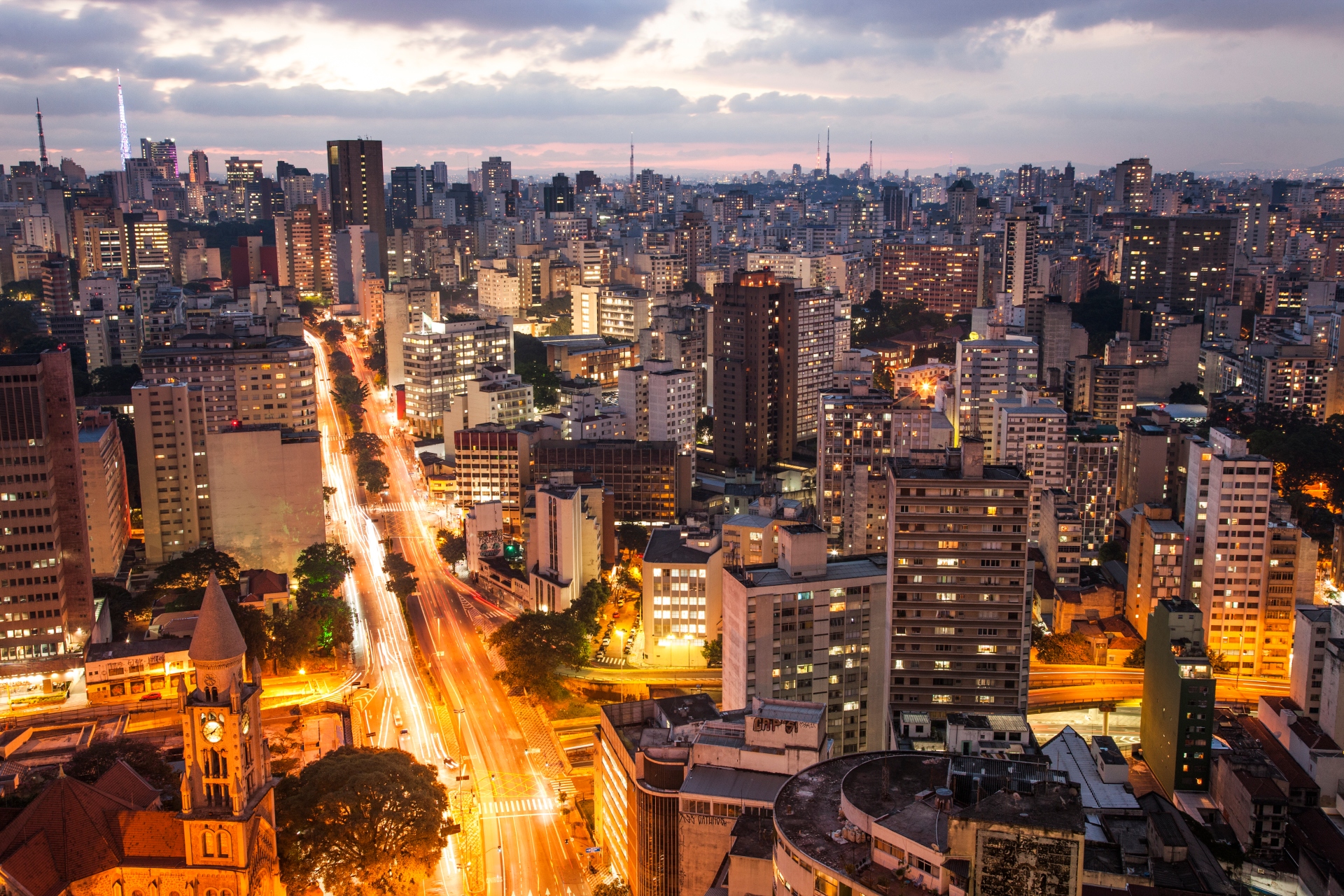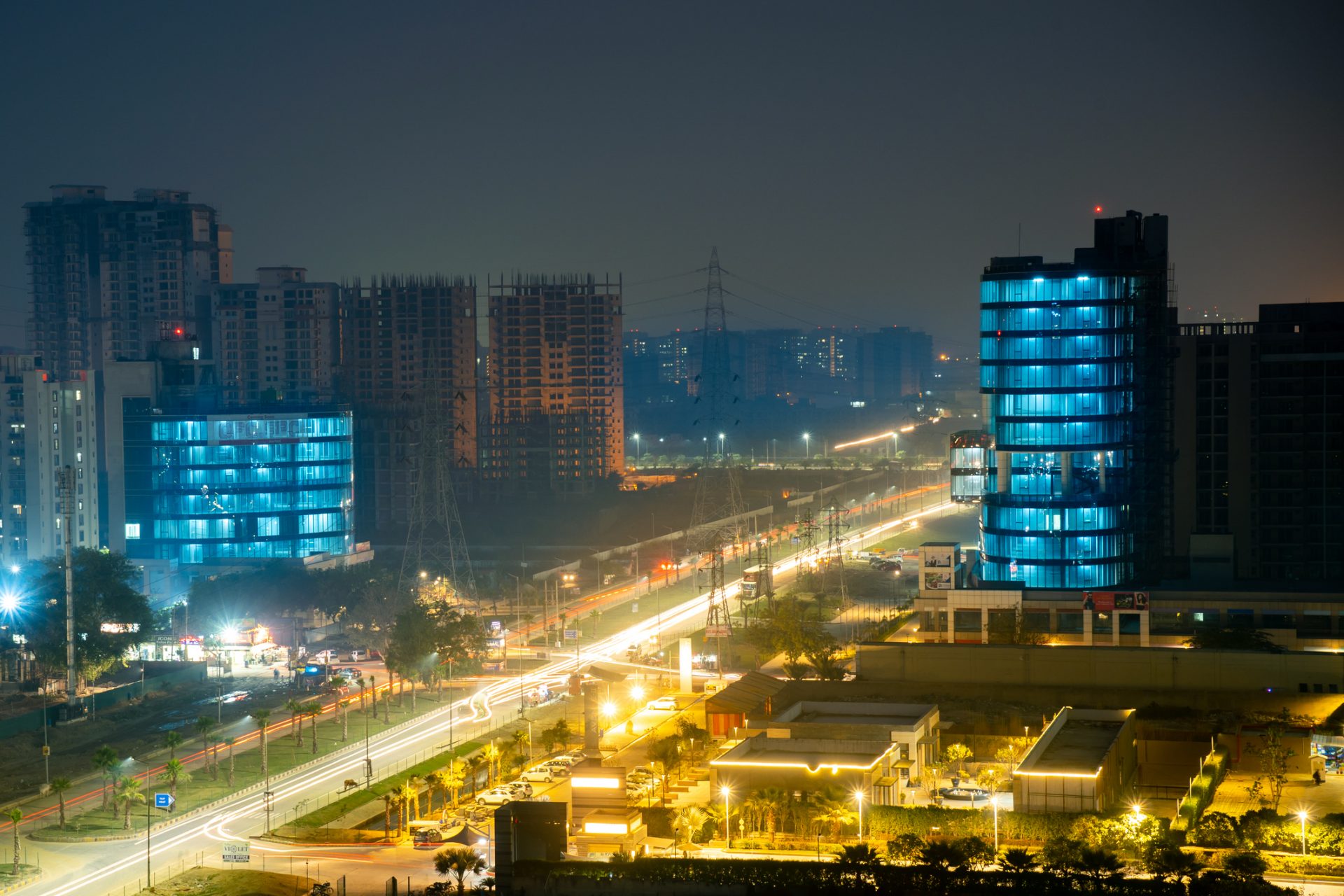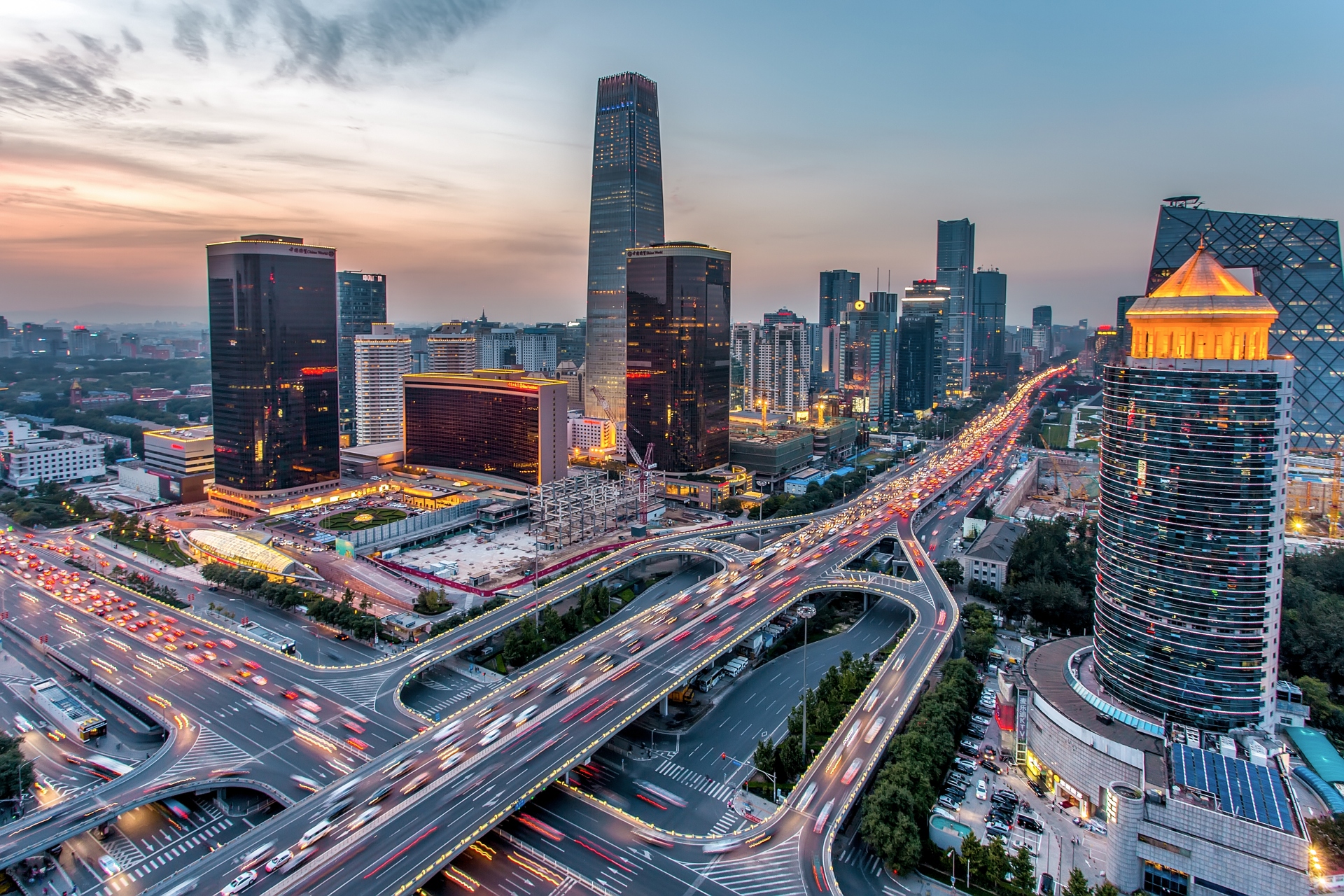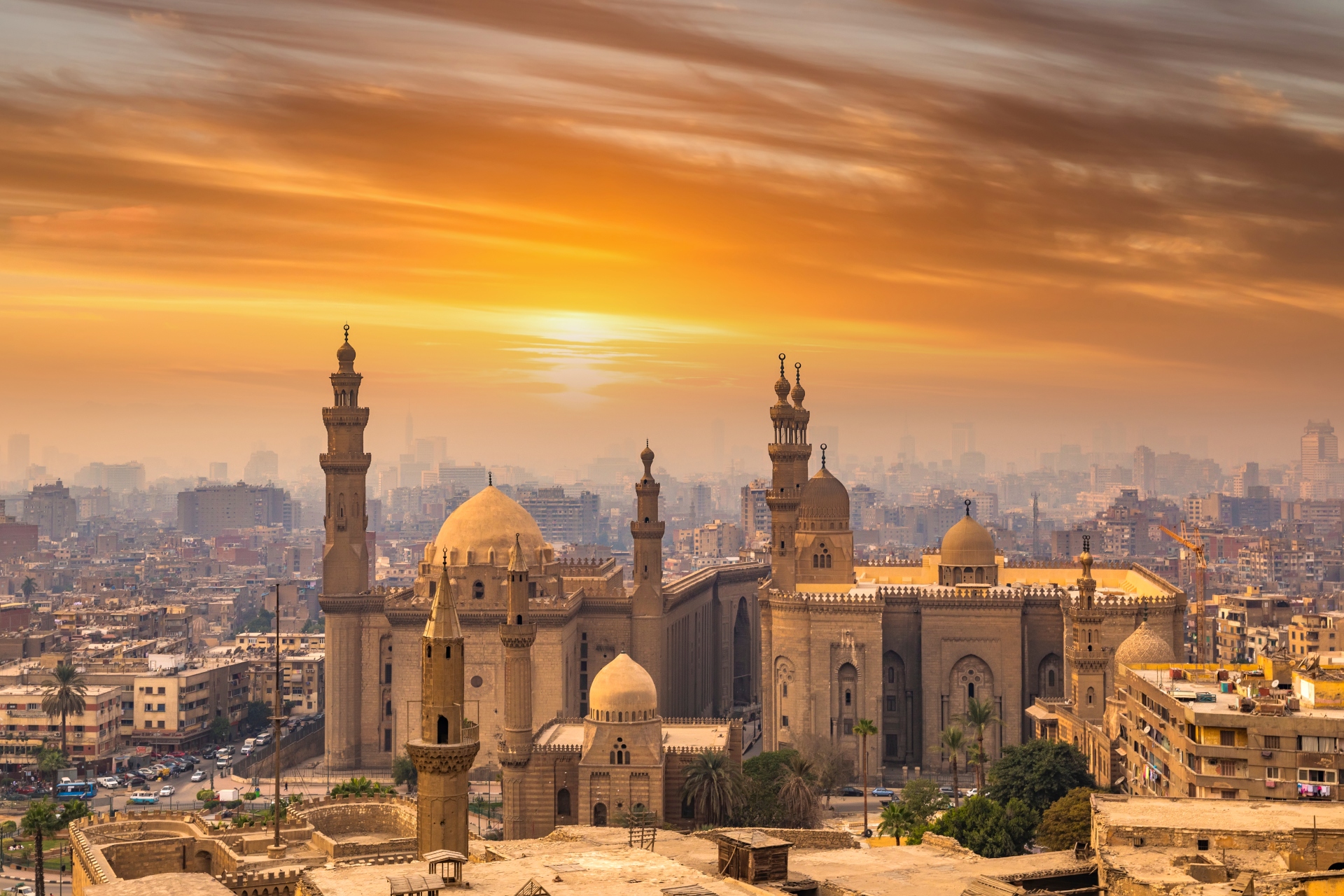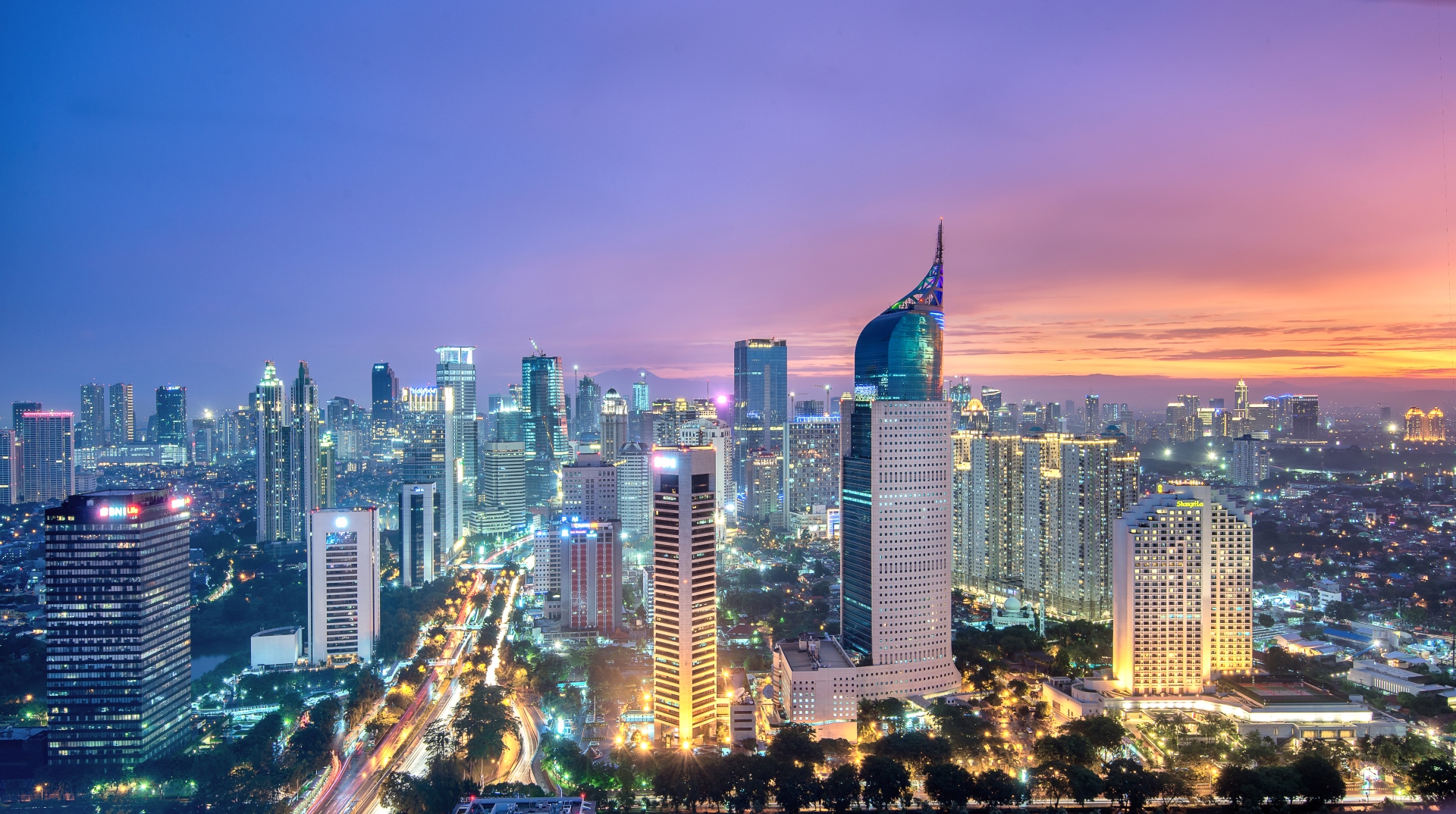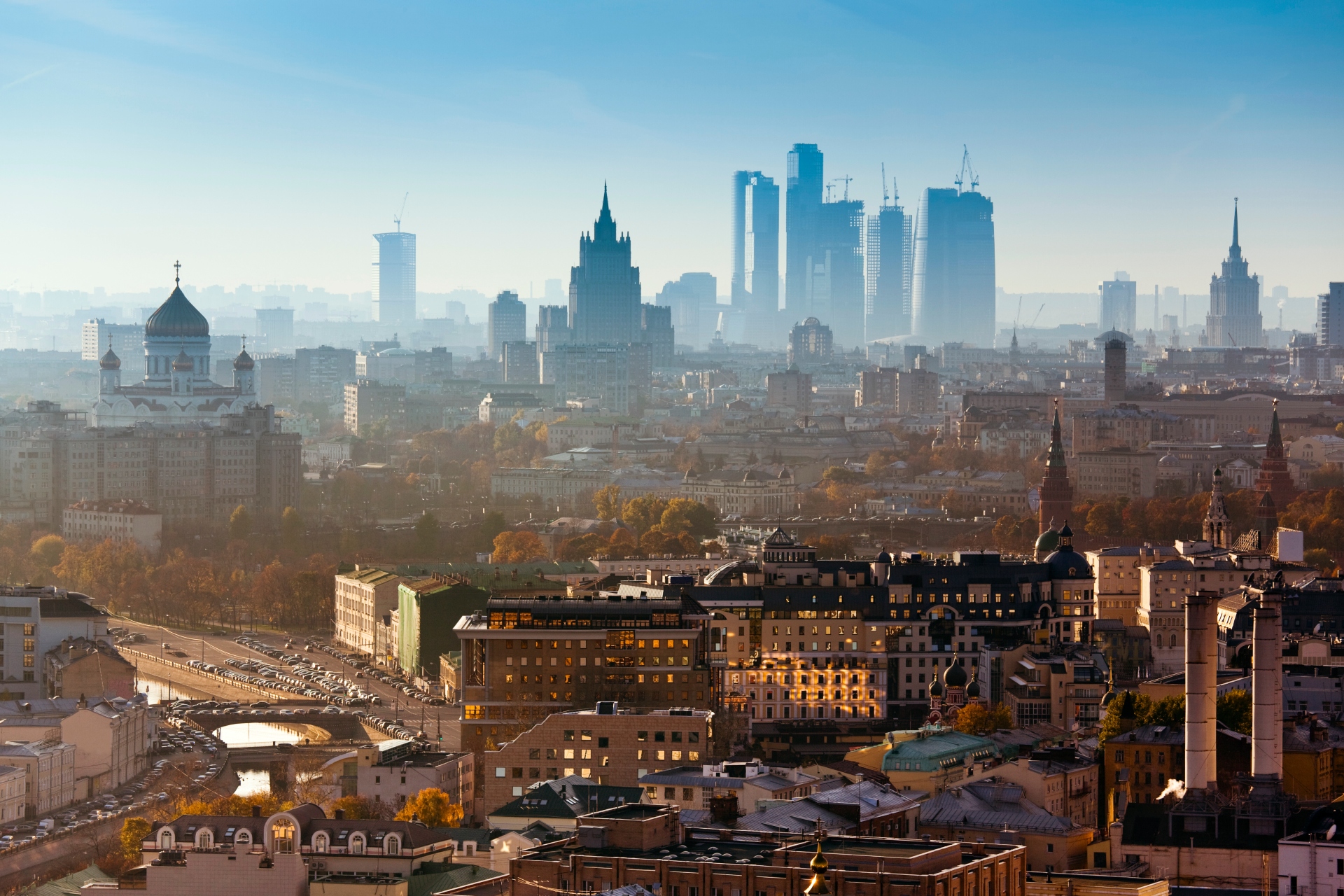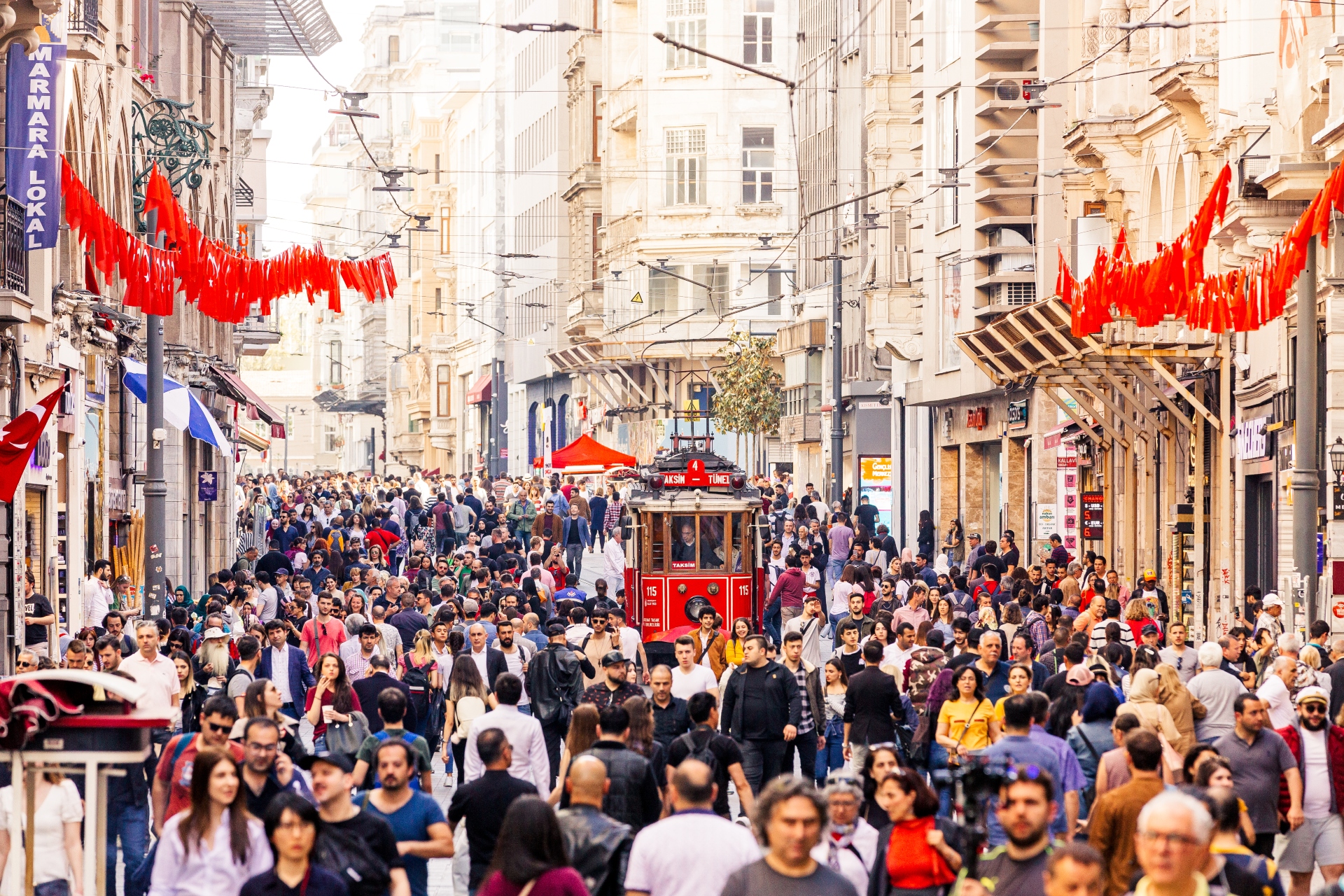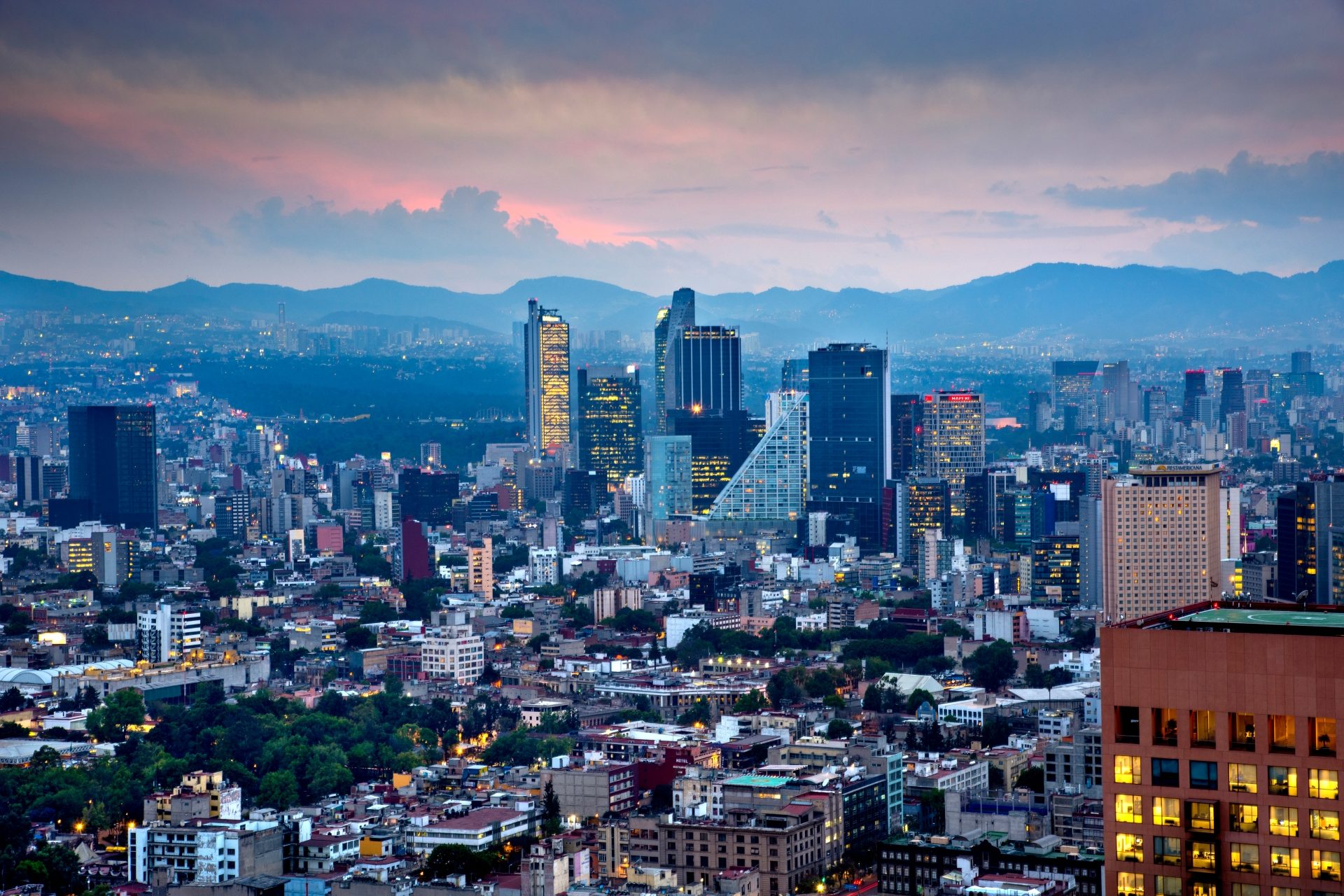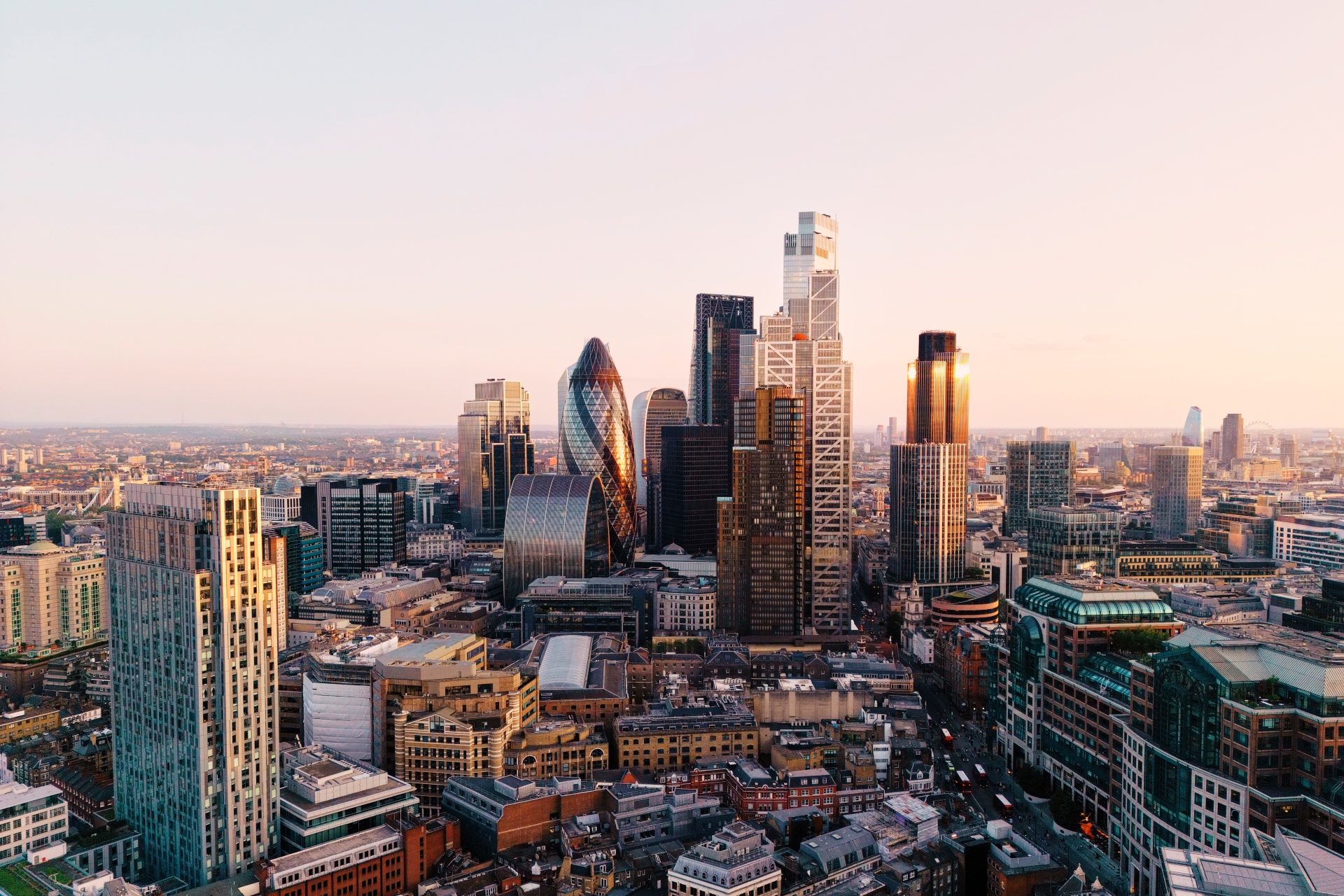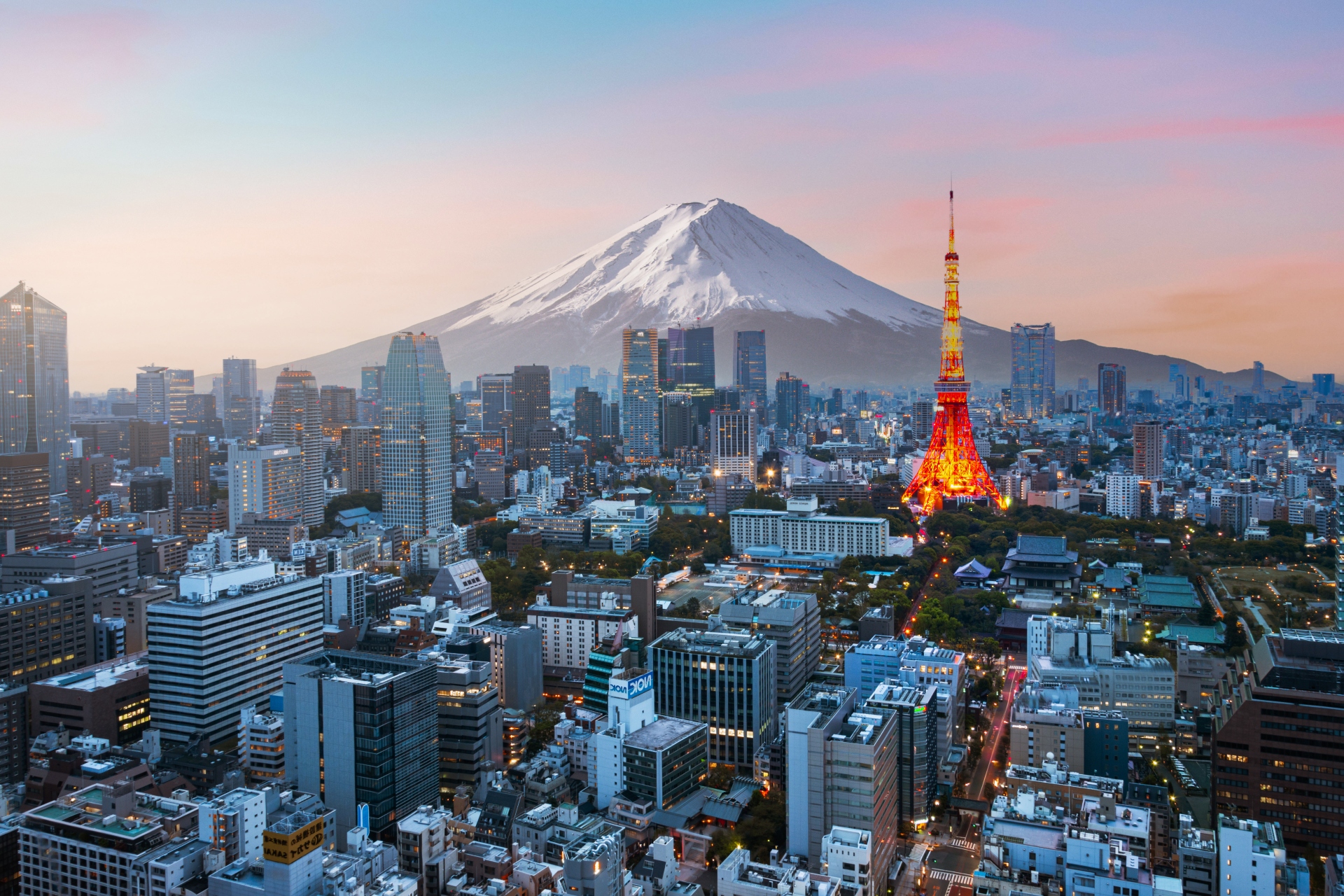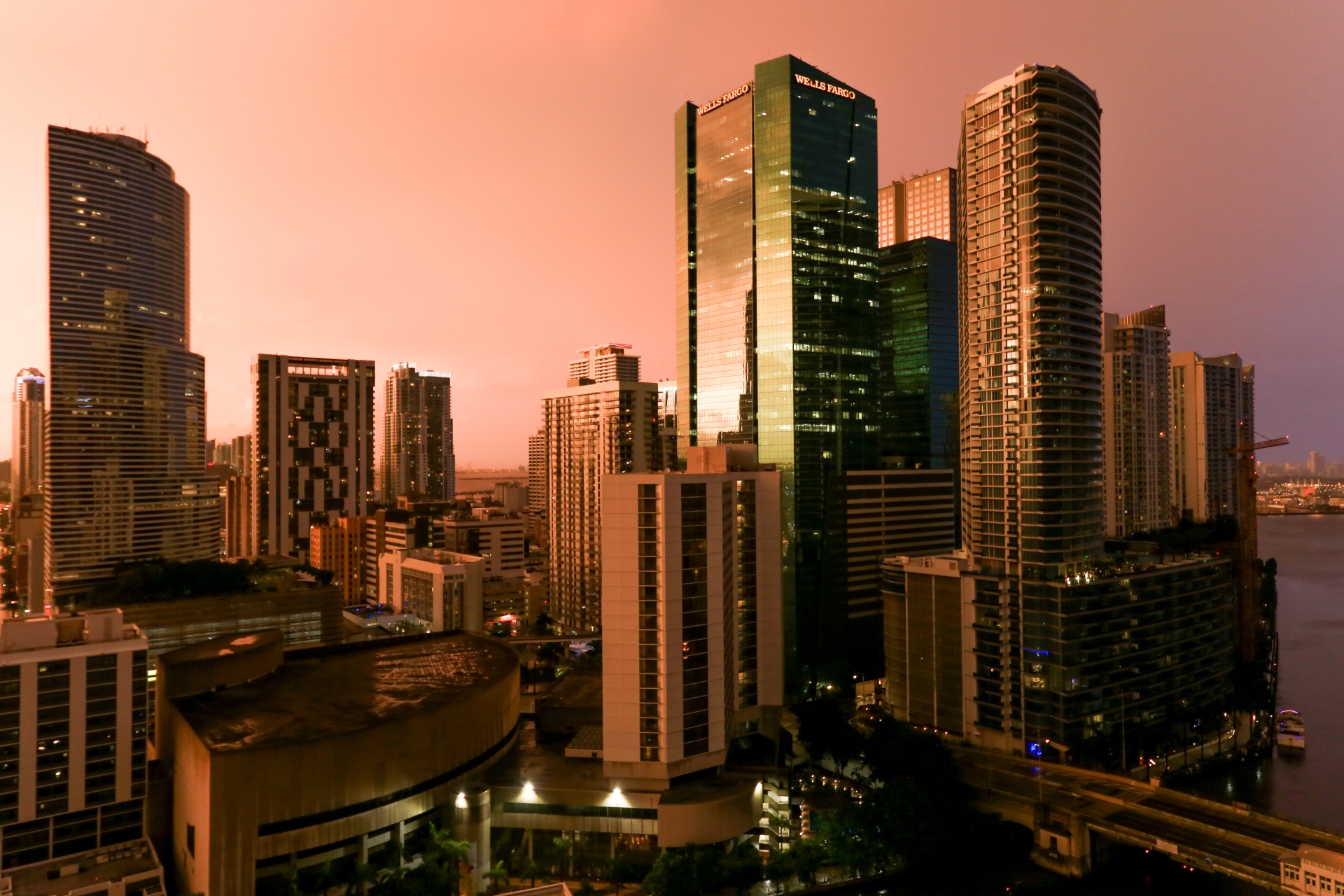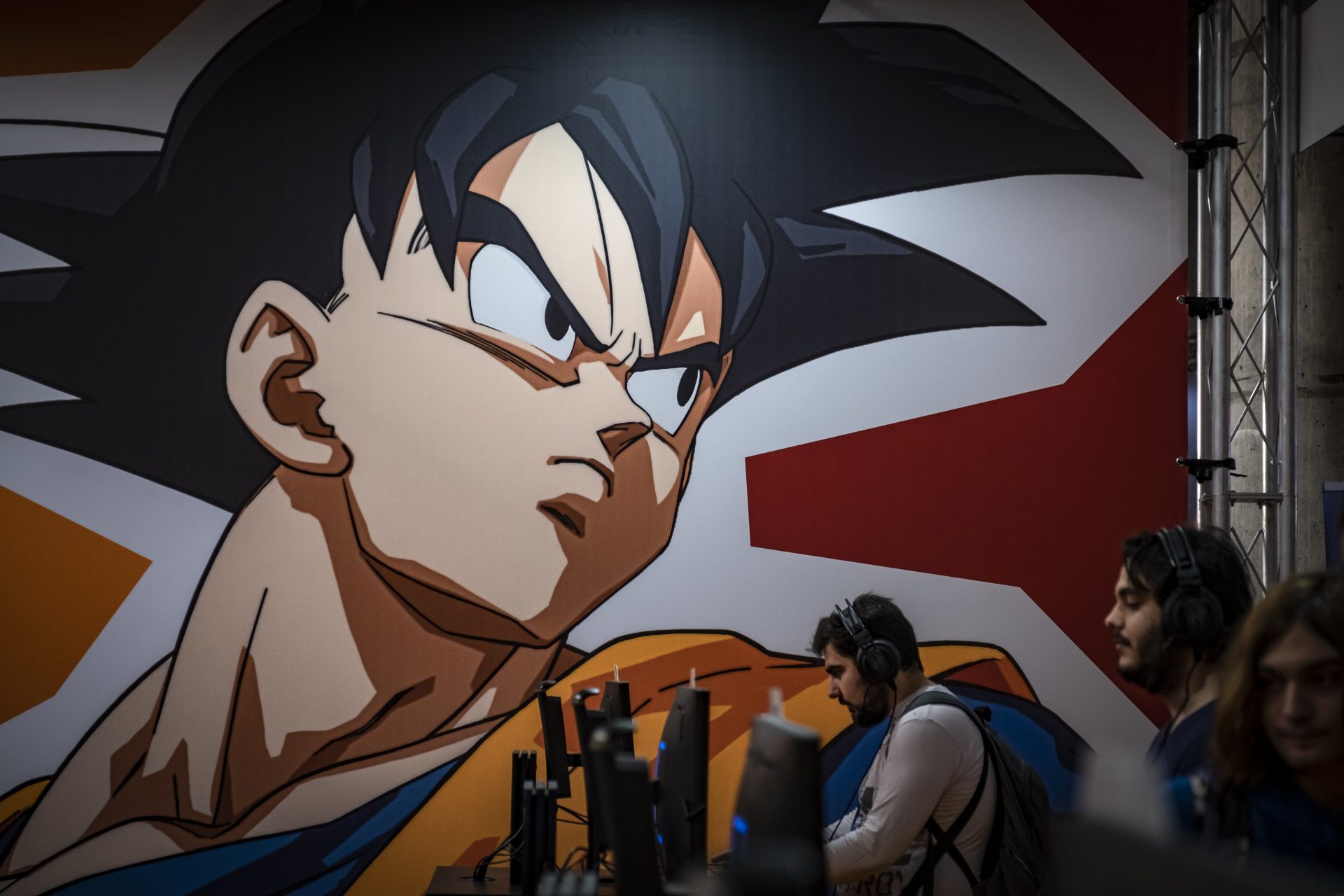Day Zero: these megacities are running out of water
"Day Zero" is the term used to describe the moment when a city, region, or country runs out of water or has an insufficient supply. Here is a list of the big cities who are at risk of facing this day sooner or later...
The World Bank defines water scarcity as receiving less than 264,000 gallons (1,000 cubic meters) of potable water per person annually. Major urban centers on every continent are facing water shortages and are desperately seeking solutions.
The World Resources Institute (WRI) explains that this growth, combined with the effects of climate change and the contamination of freshwater deposits, is causing aquifers to undergo significant water stress.
According to the National Autonomous University of Mexico (UNAM), water stress occurs when the demand for potable water is higher than the available amount. The WRI measures water stress on a scale of 1 to 5, with 5 indicating extremely high stress and 1 indicating low stress.
The most striking case internationally was Cape Town, South Africa, which caused global concern with its Day Zero on April 21, 2018. This crisis resulted from years of low rainfall, the worst drought of the century in the surrounding region, along with a growing population and increased water consumption.
One of Brazil's most populous cities faced a crisis similar to Cape Town's in 2015 when the capacity of its main reservoir fell below 4%. A drought affected southeastern Brazil between 2014 and 2017, but a UN mission sent to São Paulo criticized state authorities for the "lack of planning and investment." The end of the crisis was declared in 2016, but water supply issues persist.
Local officials in this major Indian city are trying to cope with the growth of new urban developments, for which the city's outdated pipes are insufficient. Making things worse, 85% of the city's lakes have water suitable only for irrigation and industrial cooling. The system is also highly inefficient - a national government report revealed that more than half of the drinkable water is wasted.
In 2014, each of Beijing's over 20 million inhabitants received only 38,300 gallons (145 cubic meters) of water. A Columbia University study estimated that the country's reserves fell by 13% between 2000 and 2009. Additionally, 40% of Beijing's surface water is so polluted that it isn't even suitable for agriculture or industry. Chinese authorities are attempting to address the problem with massive water diversion projects and educational programs.
The Nile River supplies 97% of Egypt's water, but it also receives large amounts of waste. According to the World Health Organization (WHO), Egypt is among the countries with the highest rates of water-related deaths. The United Nations predicts that Egypt will face a critical shortage by 2025.
The capital of Indonesia faces the growing threat of rising sea levels. Less than half of its 10 million residents have access to the public water network, leading to illegal well drilling that depletes underground aquifers. As a result, 40% of Jakarta is below sea level, according to the World Bank.
Russia holds a quarter of the world's freshwater reserves, but the country is plagued by pollution issues stemming from its Soviet industrial legacy. Moscow's water supply depends 70% on surface water. Official regulators acknowledge that 35% to 60% of all potable water reserves fail to meet minimum sanitary standards.
According to the Turkish government, the country is experiencing water stress, with per capita supply dropping below 449,000 gallons (1,700 cubic meters) in 2016. Local experts warn that the situation could worsen to a shortage by 2030. In recent years, densely populated areas like Istanbul (14 million residents) have experienced water cuts during the driest months.
Water scarcity is nothing new for many of the 21 million inhabitants of Mexico City and its metropolitan area. One in five receives only a few hours of tap water daily, and 20% have running water for only part of the day. The city imports up to 40% of its water from distant sources but lacks the infrastructure for recycling wasted water, resulting in an estimated 40% loss.
With only 24 inches (600 mm) of annual rainfall, London sources 80% of its water from rivers. The Greater London Authority says the city is reaching its capacity limit and will likely face supply problems by 2025 and severe shortages by 2040.
With over 30 million residents, Tokyo's water network relies 70% on surface water (rivers, lakes, or melted snow). The Japanese capital is rainy, but the precipitation is concentrated in just four months of the year. This water is collected as a less intense rainy season could lead to drought. At least 750 public and private buildings in Tokyo have rainwater collection and utilization systems.
Florida is a rainy state, but in Miami, the Atlantic Ocean has contaminated the Biscayne Aquifer, the city's primary source of freshwater. Although the problem was detected in the 1930s, saltwater still seeps in because the sea level is rising faster than expected.

